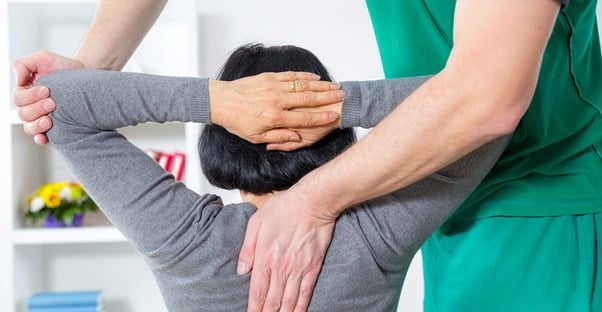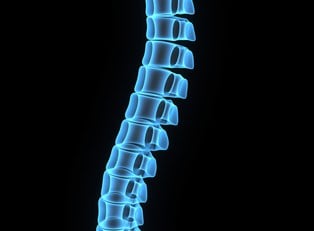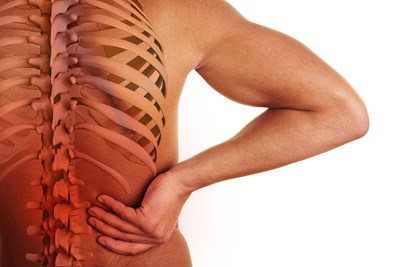Spine Pain Causes
Spine pain may be the result of some type of trauma or damage to the spinal cord. The damage to the spine may be from a direct injury or indirect damage resulting from a deterioration of surrounding tissues, blood vessels, or even bones. The spine pain causes resulting from direct trauma may include but are not limited to: falls, sports injuries, an automobile accident, assaults, gunshot wounds, or a number of different other causes. Generally if any other these traumas occur, pain is result of the spinal cord being pulled, compressed, or pressed sideways.
This can cause quite a bit of pain. Also bleeding, swelling, and fluid accumulation in or outside of the spinal cord resulting from any time of injury can damage the spine and cause an individual to be in quite a bit of pain. If an individual is experiencing pain and it is not a result of injury or direct trauma, then the reason maybe medical. Other possible spine pain causes emanating from the spine may include rheumatoid arthritis, osteoarthritis, cold abscesses, metastases, tuberculosis, and ankylosing spondylitis. Pain is the most obvious indication that there may be a problem with the spine. Please continue reading for a list of additional spine pain symptoms.
Spine Pain Symptoms
It is important to note that spine pain symptoms may vary depending on the where the spine was injured or damaged. Injury and damage of the spine will cause a sensory loss and weakness just below the point of injury and the severity of the symptoms will be contingent on whether there is a complete injury or a partial injury. Spine pain symptoms are directly relational to the site of the injury. For example, symptoms resulting from a neck injury will affect on or both sides of the body. A chest level injury will affect the legs, and a lower back injury can affect one or both legs along with the muscles in your body that control your bladder and bowels. Spine pain symptoms include: pain, paralysis or weakness, breathing difficulties, loss of bowel and bladder control, sensory changes, and numbness. Other symptoms may include abnormal sweating, trouble maintaining a normal body temperature, and blood pressure problems.
Spine Pain Treatment
In order to limit or eliminate any long-term effects, spine pain requires immediate emergency room treatment. Once at the hospital doctors and if needed, specialists will be able to provide spine pain information. It is critical that if an individual is experiencing spine pain, that is not a result of injury, to not self-medicate because it could be a symptom of a bigger problem. A doctor may administer a corticosteroid if there is any swelling to the spine. Surgery may be required in order to fuse any broken bones, remove any bone or disk fragments, and remove and tissue, fluid or masses that may be pressing on the spine. In order to keep the spine from moving, in order to heal, spinal traction may be recommended. What this is a device fitted with tongs that is placed on the skull in order to keep the spine stationary.
After the damage or injury that initially affected the spine has healed, individuals are typically required to undergo some type of extensive rehabilitation therapy such as physical therapy and occupational therapy. This helps the patient regain any motor skills lost due to injury as well as help to control pain. Additionally, in order to combat recurring bouts of pain, such as muscle spasticity, doctors may inject into the muscles around the spine botox or provide oral medications. Analgesics (pain killers) and muscle relaxants may also be prescribed to help control the pain.




